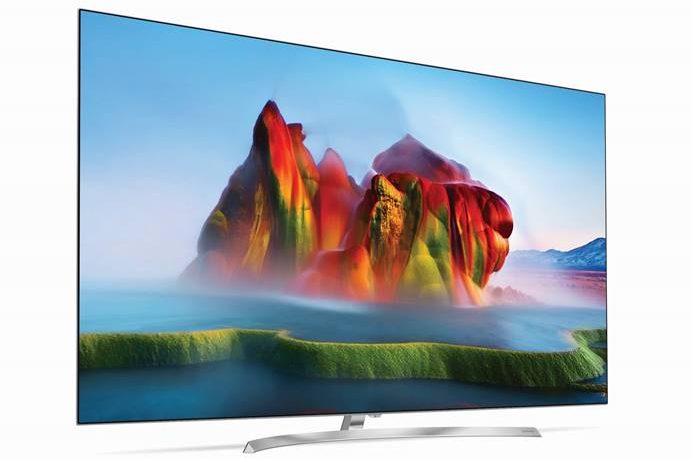Die-hard tech-heads and TV fans have long preferred the impressive contrast and subtlety of (now nearly obsolete) plasma screens, in comparison to the more brightness-focused selling points of LCD. And with the race for the title of Best Display Technology quickly being narrowed down to a fight to the death between LCD and OLED, they’re putting their collective tech-blogging might behind OLED for the win.
As the name synonymous with OLED viewing perfection, LG certainly feels the pressure to delight viewers year after year. But if the response to our latest range of 4K OLED TVs are anything to go by, OLED is still leading by a mile!
So what’s the difference between OLED and LCD anyway?
It’s all lying just beneath the surface. Televisions with OLED (Organic Light Emitting Diode) display technology are fundamentally different from LCD TVs. The most basic difference is that each pixel provides its own illumination, while all of the pixels in an LCD TV are illuminated by an LED backlight. The problem with a backlight is that it causes a loss of clarity and light bleeding, which ultimately impacts the viewer’s overall experience.
In LCD displays, images are created by a backlight (nowadays, a light emitting diode) that sends light through a liquid crystal layer, colour filters and polarisers. LCD’s generate the colour black not by turning off the backlight (as in OLED displays), but by altering the liquid crystals to affect the angle at which light comes into contact with the polarisers.
OLED displays are far simpler (meaning they can also be much thinner than their LCD counterparts). OLEDs contain pixels that can individually emit the red, green and blue light required to form a complete image. Black is created by switching pixels off, rather than by blocking a backlight. The result is the true-black that LG’s OLEDs have become famous for over the years. What’s more, energy is saved because the parts of the display that are dark consume no electricity.
Changing the Game in 2017
Over and above the exceptional picture quality, perfect black and zero light bleed our fans have come to expect from OLED, the fusion of advanced image and sound transforms LG’s latest OLED offering into an entertainment powerhouse. The LG OLED TV is the first of its kind that brings both Dolby Vision™ and Dolby Atmos® together.
They also make use of Active HDR, analysing and optimising HDR10 content scene-by-scene, for an even more striking, more breath-taking High Dynamic Range experience. This also assures viewers of compatibility with the wealth of HDR streaming content available today.
Properly implemented, HDR refines and accentuates the contrast between the whitest whites and the blackest blacks, rendering colours more realistically and making every image more vibrant as a result. This creates a noticeable difference to the naked eye of everyday viewers, not just spec-obsessed critics and reviewers. It’s clear that even after OLED’s incredible reception over the past few years, LG has never been one to rest on its laurels.
With eye-popping picture quality from Dolby Vision™ and unbelievable sound from Dolby Atmos®, not to mention the host of improvements brought about by HDR, you can rest assured that OLED has taken yet another giant leap forward in perfecting the art of home entertainment.



